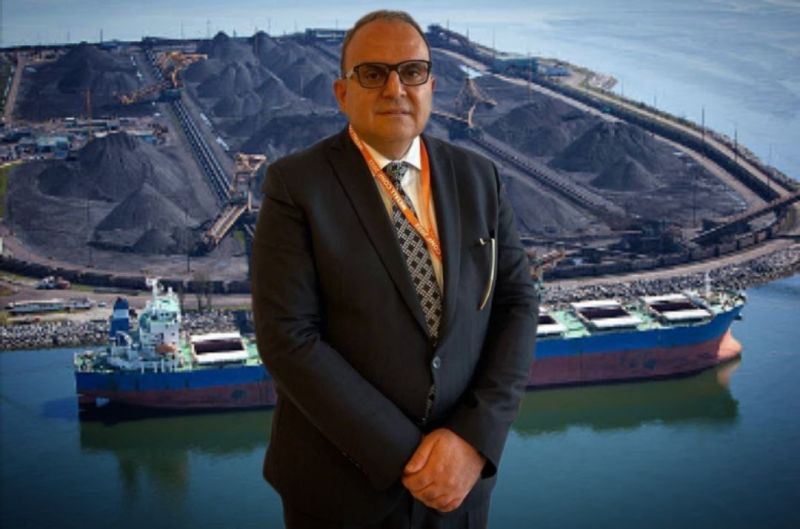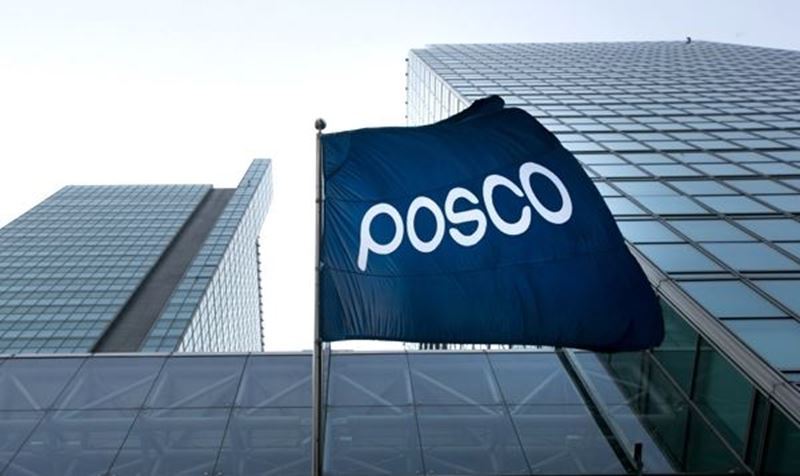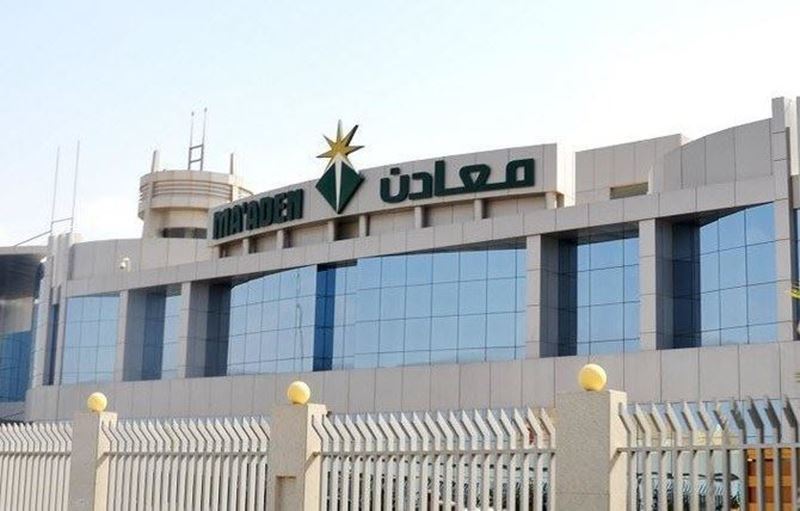Dr. Keyvan Jafari Tehrani, Iron and Steel market analyst, in an interview with Pardazesh va Tolid: "Strategic planning is key to unlocking the full potential of Iran’s mining and steel sectors"
Dr. Jafari Tehrani emphasized that achieving sustainable growth in the mining and steel industries requires the government to adopt a strategic approach, focusing on both domestic and international markets. With his extensive expertise in the global metals market, he provided a comprehensive analysis of the current challenges, the impact of geopolitical and economic factors, and actionable solutions to boost these critical sectors.
When asked what development programs and growth strategies can be designed and implemented in the steel and mining sectors of our country, he replied;
"The reality is that the mining industry is not in good shape, although the steel industry is somewhat better. Mining alone accounts for less than 1% of GDP, while steel contributes at least 2.5% of GDP. In my opinion, the most important development and strategic program that the government, especially the fourteenth administration, should focus on includes two main points: First, increasing domestic consumption markets and creating new markets for commodities, mining products, and steel within the country. Second, expanding exports. Previously, I emphasized export development first and then the domestic market.
However, I now believe that with the potential return of Trump, sanctions will undoubtedly intensify, negatively impacting Iran's exports, including oil and other goods. There is even a possibility of further sanctions on the Islamic Republic of Iran Shipping Lines, which would increase shipping rates to China as IRISL ships would be grounded, forcing us to rely on foreign ships with higher rates. This would shrink our traditional export markets and make exporting more difficult. Additionally, the government's repeated self-imposed sanctions, such as the export duties imposed by the thirteenth administration, have harmed our exports. These duties, which we know will continue in a modified form under the fourteenth administration, have reduced our export opportunities and caused us to lose some customers".
He evaluated the impact of the rising dollar exchange rate as follows;
"Now that the dollar has reached 80,000 tomans and is unfortunately moving towards 100,000 tomans, aside from causing increased prices and inflation domestically, it also naturally strengthens exports. All countries weaken their currencies to boost exports. This situation can inherently promote export development, provided that export restrictions are lifted. Regarding steel, increasing per capita steel consumption is crucial. Currently, we see that the country's per capita steel consumption has significantly decreased, even halving from previous figures over the past 5-6 years. On the other hand, increasing exports can finance itself, create economic growth domestically, and help market development in exports, as every market development requires capital. Naturally, achieving the one million housing units per year promised by the thirteenth administration, which was not realized, requires substantial liquidity.
Naturally, these large amounts cannot be solely financed through exports, but initiating these domestic construction projects can be supported by strengthening exports. The perspective should be that increasing exports aims to boost domestic consumption of goods, not to cause capital outflow from the country. This capital should return to the country and be used for development and construction activities. The necessary capital for many projects in the steel chain can be financed through exports. On the other hand, the high steel production capacities that have been allocated, which exceed demand, are meaningless given the shortages in electricity and gas. My point is that this capital should be directed towards public construction activities. Everyone knows that housing construction and related activities boost all industries connected to construction and housing, including decorative stones, steel, cement, and all related activities, both directly and indirectly, creating jobs and economic growth. It is said that about 300 small and large industries are connected to construction activities. This is one of the goals that should be considered.
Finally, focusing solely on the domestic market is not feasible because the government lacks the necessary capital. Similarly, focusing solely on the export market is not achievable because, even in the case of steel, we cannot export more than 10 million tons under these sanctions. This applies to other goods as well. When countries like Iraq and Afghanistan impose duties on rebar imports from Iran, we even lose exports to neighboring countries. So, where should the produced downstream products be consumed? Naturally, if they cannot be exported, they must be consumed domestically. This is one of the important goals that should be designed and implemented."











Comments
No comment yet.